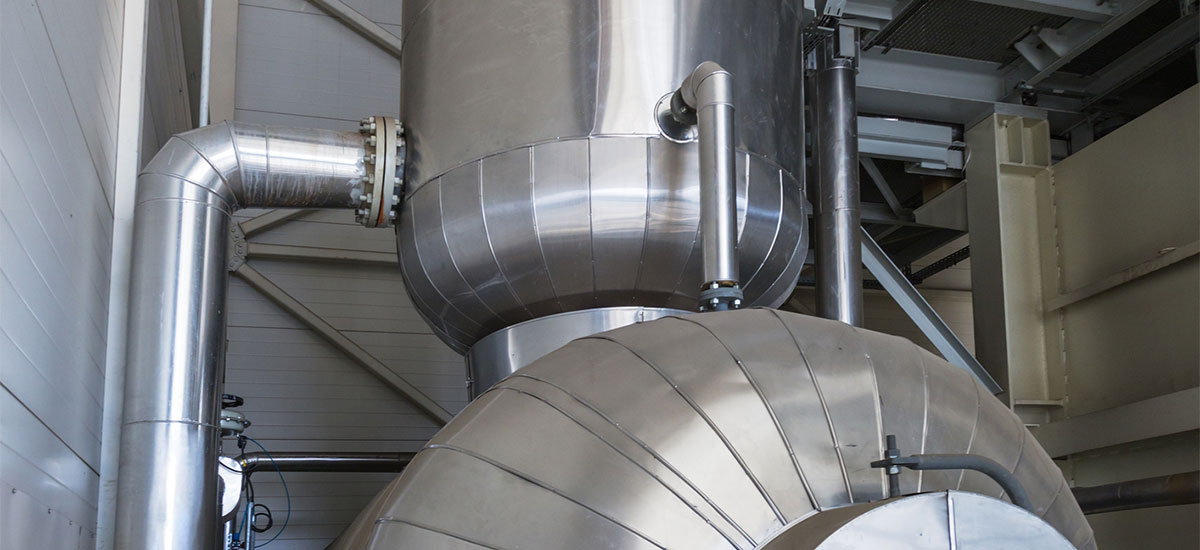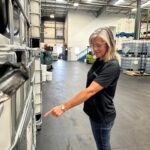
Inorganic Oxygen Scavengers: Explaining Common Varieties
Organic and inorganic oxygen scavengers decrease or remove the level of oxygen in the water by reacting with the dissolved oxygen in the water. This reduces the accelerated corrosion caused by the presence of oxygen in a high heat environment.
The difference between oxygen scavengers lies in their effectiveness, temperature ranges, cost, reaction time and type of systems where they can be utilized.
Establish whether you require an organic vs. inorganic and volatile vs. non-volatile oxygen scavenger. The selection of oxygen scavenger also greatly depends on the pressure of the system you have, so be sure to consider that as well.
In general, inorganic scavengers are mineral in nature and do not contain carbon. They’re also generally cheaper than organic scavengers. Most inorganic scavengers add dissolved solids and thus conductivity to the water. These additional dissolved solids in the boiler water must be removed through blowdown to maintain proper boiler water chemistry.
Let’s look at some of the most commonly used inorganic oxygen scavengers to help distinguish which might be right for a particular boiler.
Sodium sulfite and bisulfites
- Are non-volatile, inorganic oxygen scavengers
- Are the most commonly used scavengers in low and medium pressure boiler systems
- Contribute to the TDS of the boiler water
- Generally the least expensive oxygen scavengers; however,Can be costly for low-cycle and high-makeup boiler systems
- USDA approved – with restrictions, and FDA approved
- Can be catalyzed with cobalt salts, to increase reaction rates at lower temperatures
- Ideal for use in steam boilers or very low alkalinity feed water
Hydrazine
- A volatile, inorganic oxygen scavenger
- Applicable for use in high-pressure steam boilers
- As a volatile oxygen scavenger, it carries a higher use cost (compared to non-volatile scavengers), but is generally cheaper than all other volatile scavengers
- Works well as a metal passivator
- Does not add dissolved solids to the water
- Cannot meet USDA or FDA requirements as a volatile oxygen scavenger and is classified as a suspected carcinogen
- Excess hydrazine can decomposes to ammonia and nitrogen, which can cause copper corrosion if enough ammonia and oxygen exist together
- Has a slow reaction time in comparison to other reducing agents
To explore how these oxygen scavengers fit into a well-designed boiler system, download our informative guide on dissolved oxygen control.



